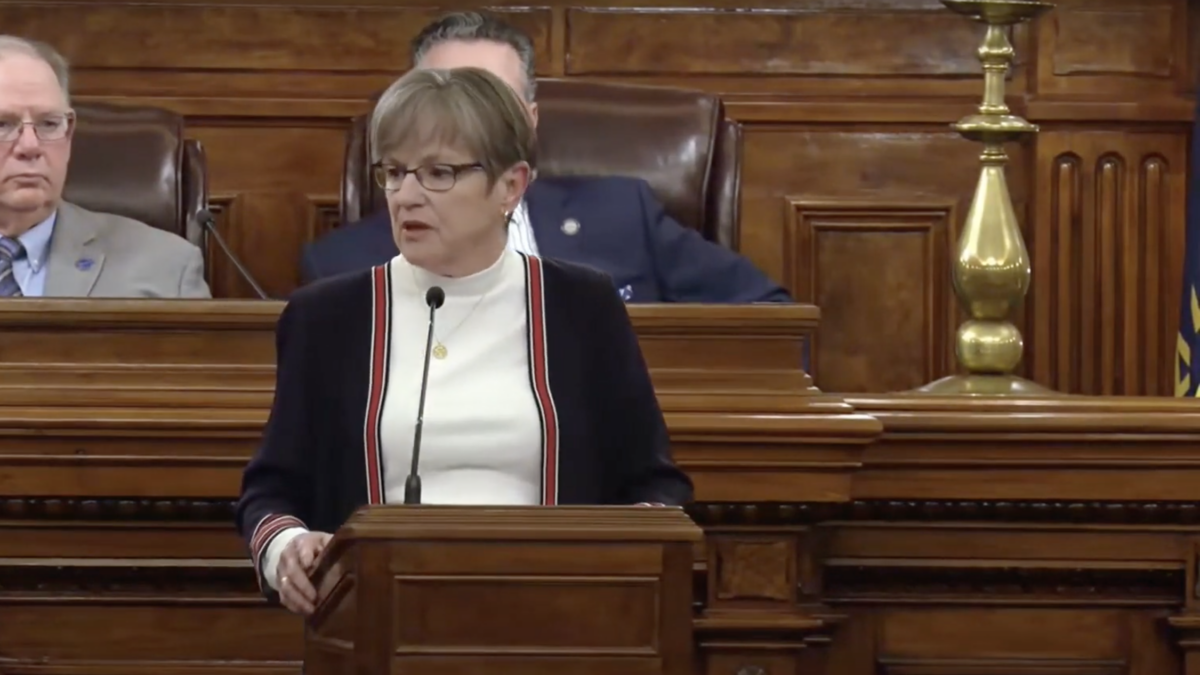It was by sheer happenstance that I stumbled upon the month-old interview clip of Billie Eilish. I paused to watch not because I’m a super fan of her music, but because her fresh and natural appearance caught my eye, and her attitudinal change kept my attention. She looked beautiful, and her easy laugh and honest reflections exuded confidence.
Of course, I’d seen the once-moody and neon-haired star dressed in old Hollywood glam on the cover of Vogue and at the Met Gala, but this wasn’t a single photo shoot or an occasion for one-off fashion experimentation. This was just Billie being herself in front of the camera.
It was Vanity Fair’s fifth annual interview with the young star. Each year, the magazine recites the same questions — about the artist’s influences, the size of her following, who her confidants are, and how she feels about her style. Then they merge these videos and catch Eilish’s reactions to her old self and current answers. At just 19, a bright and breezy Eilish simultaneously laughed off the follies of herself yesteryear and exposed past insecurities.
Instead of rattling off mega-celebrities when asked who she goes to for advice, Eilish confidently replied it’s her mom. And instead of hiding behind a grotesque style and cool detachment, the artist’s cute blonde bob was accompanied by free-flowing laughter. It was lovely.
It was as if the young star, among many other developments in her life, had internalized a truth that’s fallen out of favor with many people, especially those on the political left and particularly among Eilish’s predecessor millennial generation: Girls, it’s OK to be beautiful.
A convergence of the Me Too movement, the body positivity movement, multi-wave feminism, the smartphone generation, and the sexual revolution has left women confused, and frankly, it’s left them uglier.
It’s left them uglier not only in attitude — we’ve all seen that from the disgruntled women in p-ssy hats screaming profanities at inanimate government buildings — although that’s part of it. There’s nothing attractive about misplaced and uncontrolled anger, whether it comes from men or women.
But it’s also left them physically ugly. This unattractiveness comes in many forms. Sometimes it’s intentionally unflattering clothing or makeup. Other times it’s grotesque haircuts, such as bizarre shaven spots that look like a bad lawn-mowing job or nonstop bedhead, or flaunting body hair.
Not to mention, it’s created aggressive opposition to the appreciation of beauty. Take a look at this Ph.D. in Psychology Today lecturing adults on “Why We Need to Stop Telling Little Girls How Pretty They Are.”
This is hardly an exhaustive list of this modern defiance because the non-beautiful is always rearing its head in new ways. But like I said, this phenomenon has emerged thanks to quite the confluence of factors.
For instance, “body positivity” concluded rightly that women of all shapes and sizes should recognize their self-worth. The movement wrongly swung to the extreme of glorifying obesity, such as on the cover of Cosmo and every other major women’s magazine and advertisement. Here’s obese star Lizzo celebrating more weight gain.
Likewise, the sexual revolution gave a thumbs up to exploitation, and feminism endorsed the masculinization of women — and with each drift and deconstruction of beauty, too many women were left looking and feeling less like themselves.
It’s something we’re discouraged from discussing; appreciating beauty or talking about what exactly it is opens one up to accusations of bigotry, sexism, or discrimination. “Why are beauty standards so oppressive to women?” for instance, or “Beauty isn’t a dress size!” Nonetheless, questions of beauty are philosophical, spiritual, and to some degree eternal, and thus we must consider them.
For starters, we must ask what beauty even is, and by way of a simple dictionary definition that’s fairly easy to answer: “the quality or aggregate of qualities in a person or thing that gives pleasure to the senses or pleasurably exalts the mind or spirit: LOVELINESS,” if you ask Merriam-Webster.
Within the simple definition is the implication that there’s a distinction between “attractiveness” and “loveliness.” One is subjective, the other objective. What “gives pleasure to the senses” of one person (subjective) might not evoke the same response in another. For proof, look no further than the billions of happy couples across the globe whose spouses range in size, color, shape, and other characteristics. But there’s an “aggregate of qualities” that compose this more objective “loveliness,” and they can’t be reduced to mid-2000s Victoria’s Secret angels or Barbie doll features.
It’s this loveliness that radiated from the beautiful Eilish and can be described in part as physical authenticity. While the norm-defying left tries to define authenticity as a person’s “identity” or whims or feelings, they miss the point of what is truly authentic. They miss the natural beauty of humankind, which manifests when image-bearers of the Creator practice self-control without the undue concealment of their imperfections nor their sexual appeal.
It’s in this practical expression of beauty that both the left and the fundamentalist right can pendulum swing so far as to meet on the other side in a full circle. While the left tends to suppress beauty so as not to conform to a “patriarchal” standard of sex appeal, the fundamentalist religious right tends to react to sexualization with an elevation of the frumpy and androgynous under the banner of “modesty.”
Thus while many on the left reject conventional beauty standards (often calling them “constructs”) and desperately try to fit in by standing out and defying norms, the right’s disdain for luxury and indulgence can lead them to the same rejection of the beautiful. A religious skepticism of allure and desire can produce a different kind of objectification that leads faithful women to feel that their God-given sexuality is actually a curse.
When we reject these two extremes, we find freedom in the middle. There is freedom in stepping confidently into your natural hair and skin, just as there’s satisfaction in hygiene and grooming. There’s freedom in embracing the beauty of a healthy lifestyle, in accepting both the power and responsibility of human sexuality, and in preserving and cultivating beauty in ourselves and others.
Scripture tells us inner beauty is more important than outer because the latter is fleeting, but that doesn’t mean God thinks little of physical beauty. If He did, He probably wouldn’t have made galaxies, flora, and fauna we’ll never ever see for his own good pleasure. When He created the world and all that’s in it, He called it “good.” He considered it lovely.
Don’t let social movements and ugly attitudes shame you for pursuing and appreciating beauty. It’s not an “unrealistic standard.” It’s exactly what we were created to be.









